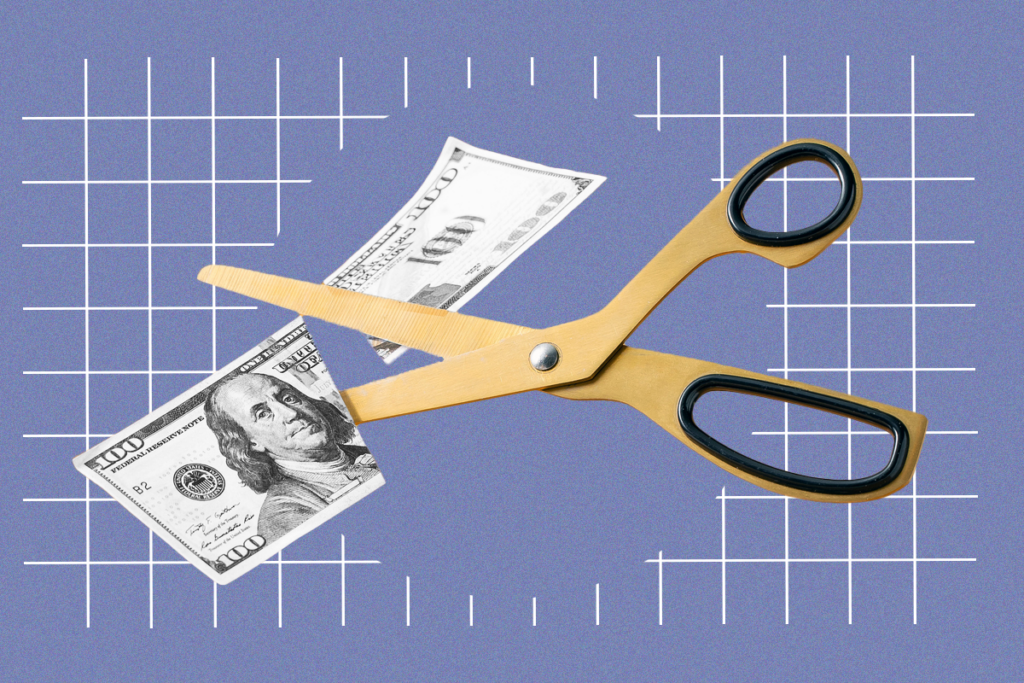Autism symptoms more severe in younger siblings
In families with more than one child diagnosed with autism, younger siblings appear to be more severely affected by the disorder, according to new data presented Tuesday at the Society for Neuroscience annual meeting in San Diego.
In families with more than one child diagnosed with autism, younger siblings appear to be more severely affected by the disorder, according to new data presented Tuesday at the Society for Neuroscience annual meeting in San Diego.
Working with data from the Autism Genetic Resource Exchange, researchers looked at sibling effects in more than 300 families that have more than one child diagnosed with autism. They compared the social and cognitive behavior of older and younger siblings with the disorder.
A 1992 study of 16 families found that older siblings with autism tend to have higher nonverbal intelligence quotient (IQ) scores than their younger affected siblings. In 2008, a study of 144 families showed the same significant decline in nonverbal IQ scores in second-born siblings with autism.
The new research supports these findings on a larger scale. In more than 300 sibling pairs, nonverbal IQ scores are lower in the younger affected sibling by about five points. Verbal IQ scores also declined in the younger children by about five points.
When the researchers looked at the children’s scores on the Social Responsiveness Scale, a 65-question instrument that measures social impairment, they found that the younger siblings are also more socially impaired.
Intriguingly, the effect is greatest when the children are born closer together. “When the age gap is less than two years, the difference in autism severity is highly significant,” says Loren Martin, associate professor of psychology at Azusa Pacific University in California. “When the age gap is greater, the effect is not as significant.”
The researchers controlled for both age and gender in the study, comparing the children’s scores at the same age and in same-sex pairs.
There are a number of possible explanations for the birth order effect phenomenon: epigenetic, environmental, immunological, or possibly some combination of the three.
“My own bias is that this dosage effect is due to a maternal immune response that affects fetal development, and may impact younger children more heavily,” Martin says. “The original antibody titer is still there, but you have increased titer when the immune system is reactivated in the second pregnancy.”
The findings of the study are somewhat counter-intuitive, because when a family already has one child with autism, the second affected child is usually diagnosed at a younger age. “You would expect a rescue effect,” due to early diagnosis and treatment, he says. “You wouldn’t expect a more severe effect.”
For more reports from the 2010 Society for Neuroscience meeting, please click here.
Recommended reading

Changes in autism scores across childhood differ between girls and boys

PTEN problems underscore autism connection to excess brain fluid

Autism traits, mental health conditions interact in sex-dependent ways in early development
Explore more from The Transmitter

Inhibitory cells work in concert to orchestrate neuronal activity in mouse brain
Aran Nayebi discusses a NeuroAI update to the Turing test
